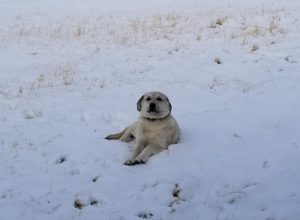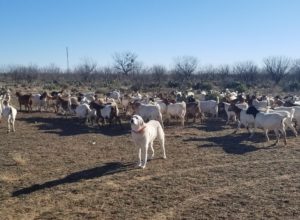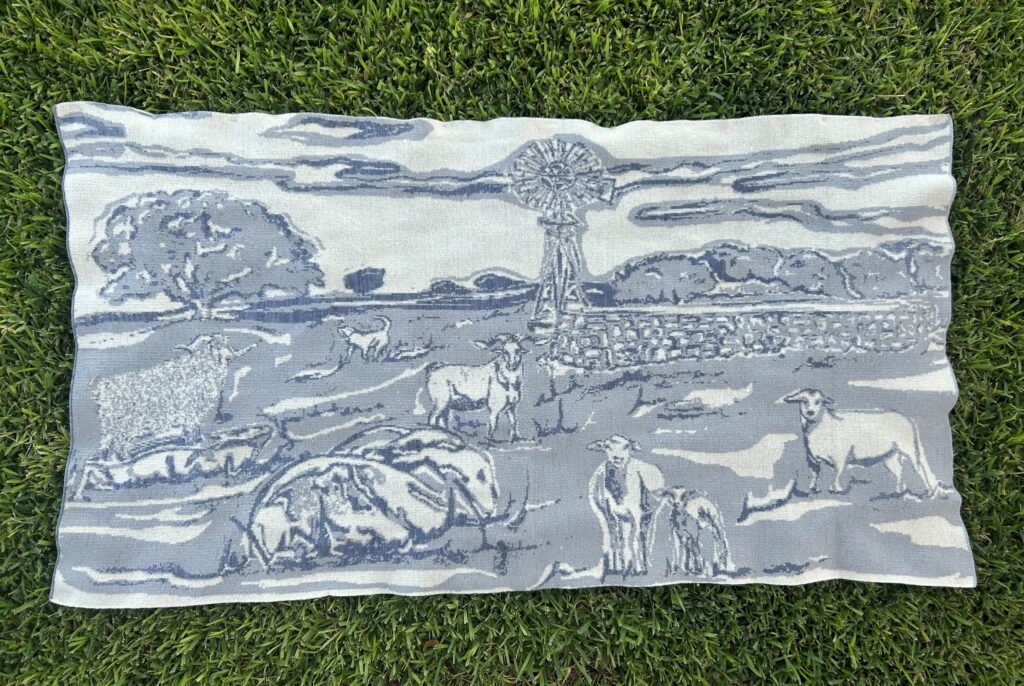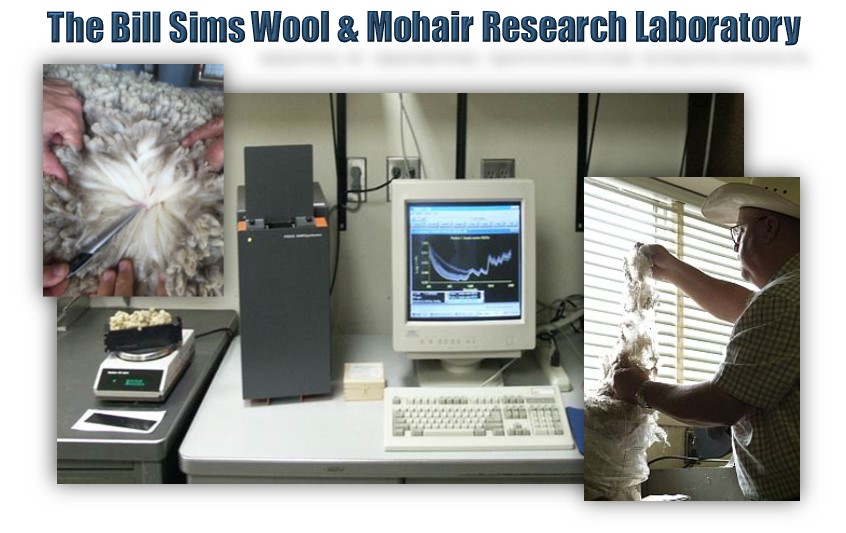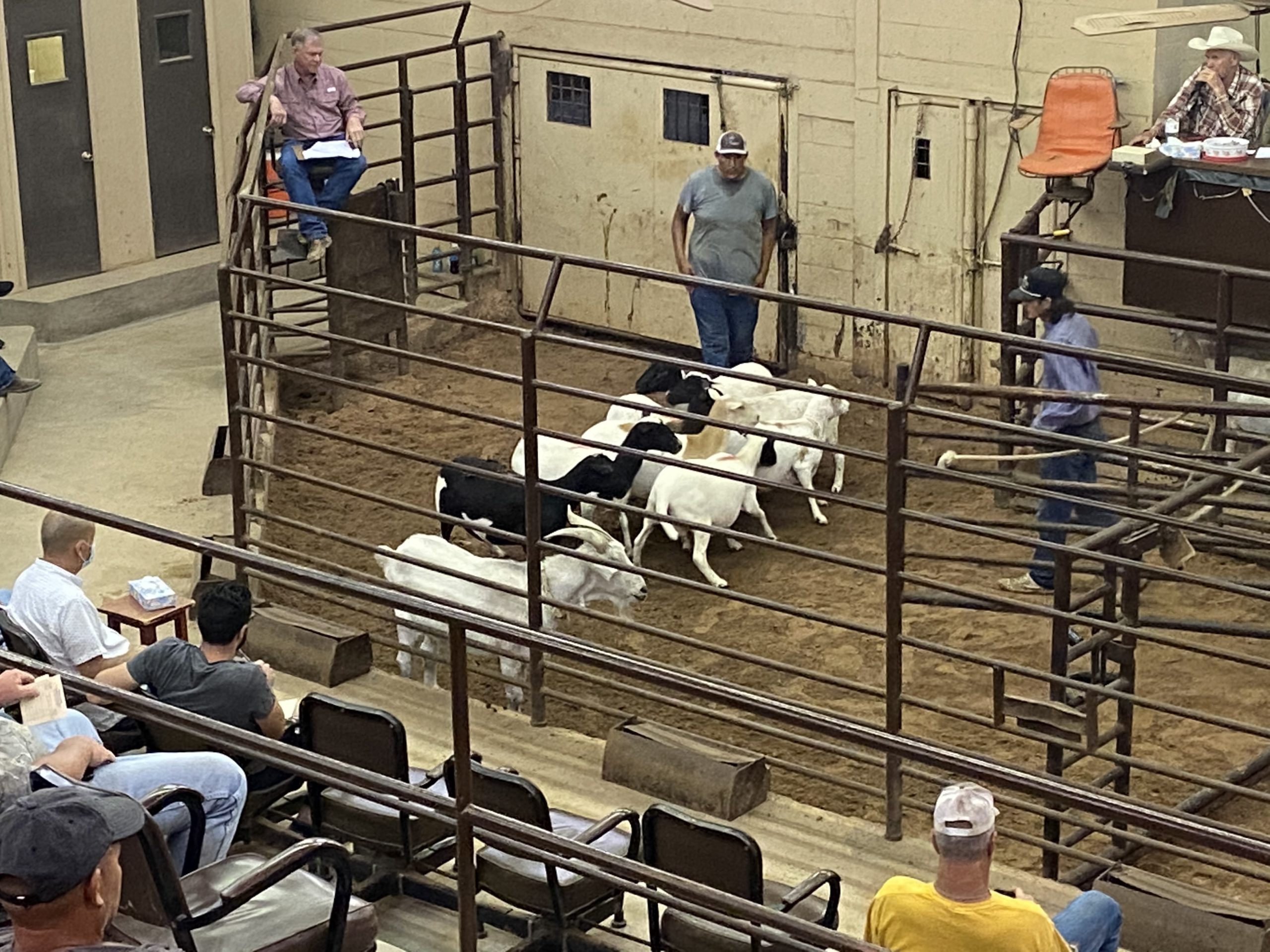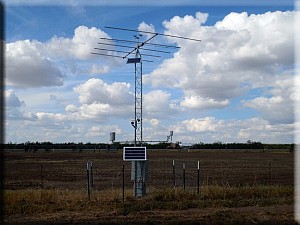Starting with this issue of The Guardian Way, we have streamlined it to allow for quicker reading of project updates and events going on with the Texas A&M AgriLife LGD Program.
Program Update
We will be presenting webinars on various topics related to LGDs this year every other month. Our first webinar for 2021 was presented by Dr. Saleh, formerly of Oklahoma State, but now working at Texas A&M University. The topic was “Common LGD Parasites and How to Control Them”. We thank Dr. Saleh for her continued support of the Texas A&M AgriLife LGD Program. The next webinar in March which will be on LGD nutrition and the May webinar will be on LGDs legalities and producers’ rights. We hope you will join us for these upcoming webinars. You can register for the free events on our Facebook https://www.facebook.com/TAMUlivestockguarddog/ . Look under the Events section and use the link in the webinar description to register for the Zoom event. If you are not on Facebook, you can also register for the webinars on the San Angelo AgriLife Center Events page. https://sanangelo.tamu.edu/events/
As always, stay tuned to our social media channels for educational videos, tips of the week, fun photos, and more. And don’t hesitate to reach out to us with questions, comments, and concerns.
LGD Puppy Bonding Project
If you are not a long-time reader, we’d like to review the LGD bonding project. In the late summer of 2019, we started a bonding project with weaned livestock guardian dog puppies. We started with six puppies that were placed as singles or as pairs in bonding pens with and without hot wire. We started our second complete set of eight pups in September of 2020. Newly weaned LGD pups are sourced from local breeders and they all start out in a 60×60 pen for one month with sheep and goats. Then we open the gate and allow them access to a 1-acre pen for three months. The two bonding pens are about ¼ mile apart and they are in the same 100 acre pasture. We have two more bonding pens in another 100-acre pasture that is ½ mile away. We have added a fifth bonding pen for this round that is near our headquarters, to determine if pups are more likely to roam back to the bonding location as adults.
Once the puppies reach six months of age, they are released with their charges into a 100-acre pasture and tracked until they are eight months of age. Notably, the bonding pens are new fence that prevent them from escaping and the 100-acre pastures have decent fencing, but they can be breached if the LGD has a strong desire to leave. At that time, they are spayed/neutered and some of the dogs are placed at cooperating producer’s ranches for further observation until they are 18 months of age. The rest of the dogs are placed on our research ranches for observation. At 18 months of age the dogs have “graduated” from the program. Our first round of pups are closing in on that 18-month mark soon. We will give you an update on the outcome of the Stooges and Superheroes by the late spring.
Since our last blog, we haven’t had any other issues with stock or puppies being attacked at the Center so hopefully the event with Shirley and the goat was an isolated incident. All the dogs at the Center made it through the mid-month snowstorm in January and they seemed to enjoy it. The TV show pups (Laverne, Lenny and Squiggy) were released from their bonding pens into a 100-acre pasture with their stock in mid-January and are all doing well. The dogs and a few livestock are wearing GPS trackers so that we can monitor their movements and patterns for the next two months. In mid-February the other set of pups, Doc, Wyatt, Thelma, and Louise will all be released into a large pasture at the Center with their charges. They will also be monitored with GPS trackers.
The Legends of Country Music, Johnny and Waylon, are doing well after we separated them to new locations. Johnny has been staying with stock and has been floating between sheep and goats in Menard. Waylon has been at the Center guarding some Rambouillet ewes that will be lambing soon. He randomly wanders from the pasture when the feed truck comes through, but it’s not every time. We haven’t figured out why that truck is such an attraction to him compared to other vehicles that he sees and doesn’t follow. We are trying different methods to discourage this behavior from positive to negative reinforcement. Neither seem to work for very long. We will keep you updated on their prog
ress next month.
The Superheroes are all doing well. Goliath and Hulk are doing a great job guarding stock in Ozona. As a reminder, Thor was in Ozona and had to be moved to Menard due to roaming. Unfortunately, he roamed in Menard and had to be removed from there as well. He is now at the Center in San Angelo for further observation and behavior correction. We placed him in a kennel for two weeks as punishment and then released him back with stock. We placed him with a yearling meat goat herd in San Angelo to see if he will stick to his charges and stop roaming; so far it has been working. Check back with us in March to track Thor’s progress.
To provide feedback on this article or request topics for future articles, please contact me at bill.costanzo@ag.tamu.edu or 325-657-7311. The Texas A&M AgriLife Livestock Guardian Dog Program is a cooperative effort by Texas A&M AgriLife Research and the Texas Sheep and Goat Predator Management Board.
Follow us on Facebook: https://www.facebook.com/TAMUlivestockguarddog/
Follow us on Instagram: @tamulivestockguarddog
Follow us on YouTube: https://www.youtube.com/channel/UCF7YbP6bNDV7___6H8mifBA

